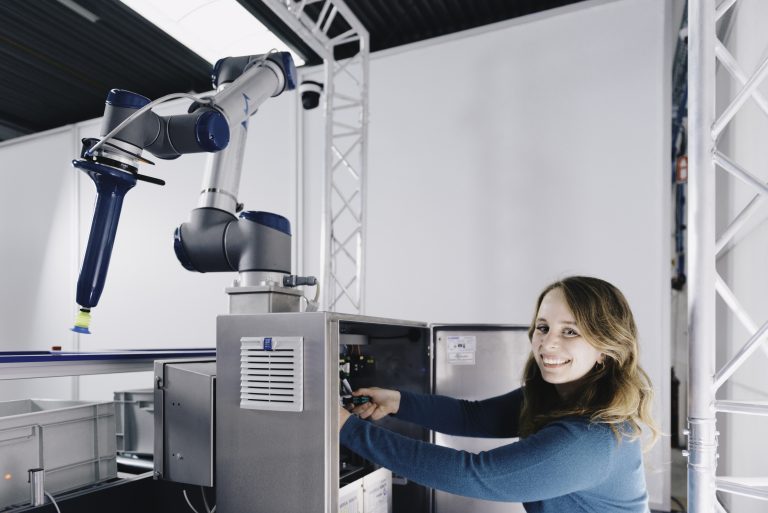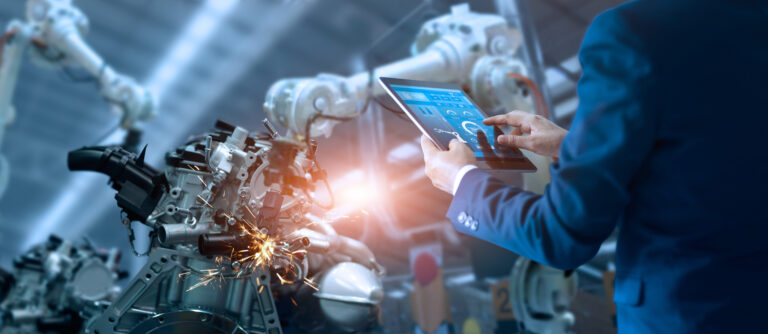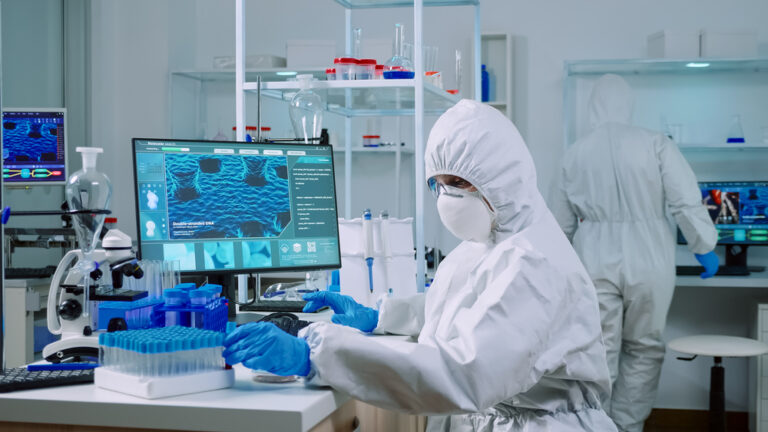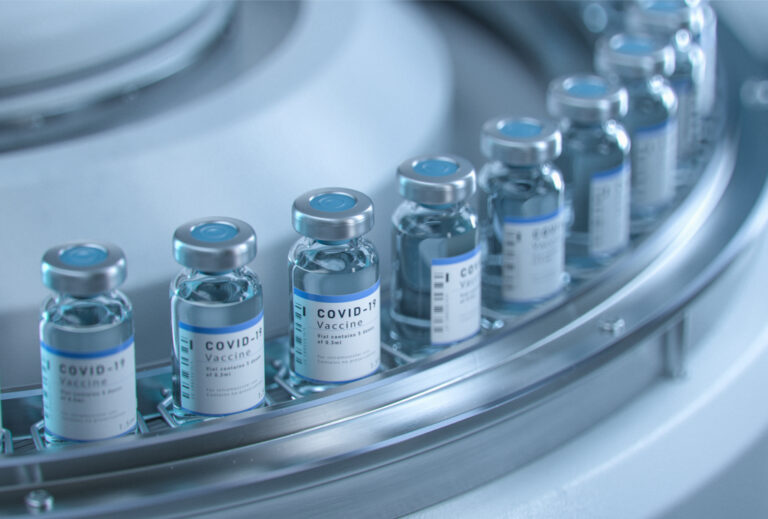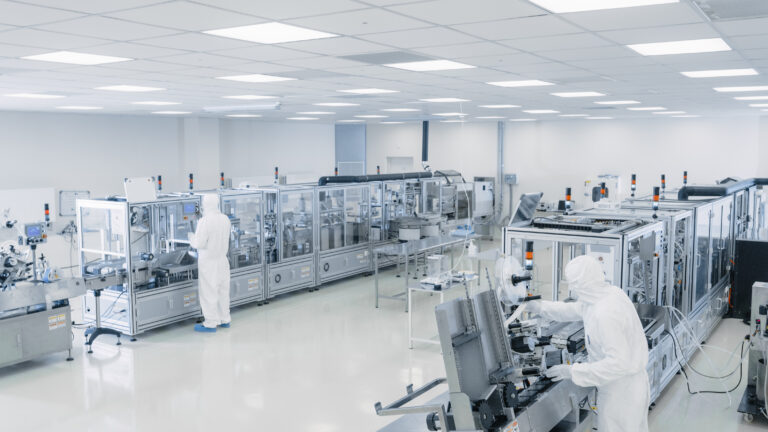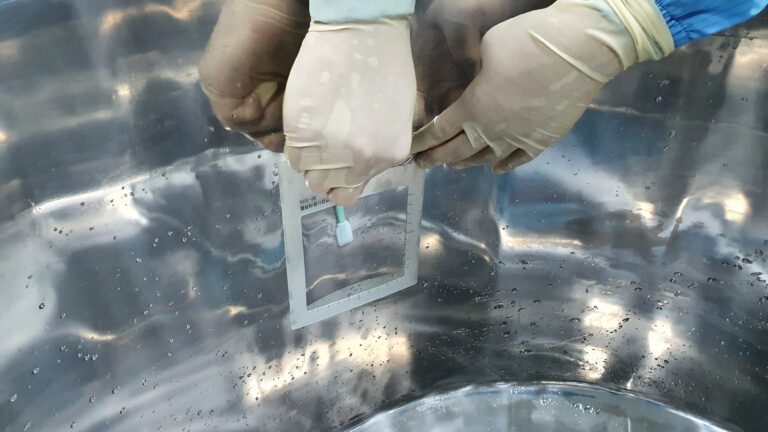The product liability directive for medical devices was a law that was created in 1985 in the name of Product Liability Directive (PLD) for all types of medical devices / IVDs. With current progression of technology and medical device / IVDs complexity the existing law was out of touch with state-of-the-art practices. Therefore on 28th of September the EU Commission adopted two related proposals for EU regulation of no-fault liability for defective products.
The proposed law will substitute the previous PLD and add new provisions to cover complimentary directive for liability specifically for damage caused by AI.
Safety and liability
The new proposals are built around the principle that safety and liability are sides of the same coin: if an economic operator does not manufacture or make available safe devices to consumers, the economic operator is liable for the damages that he causes. In this regard the Commission tried to link the rules for market access of products to the rules for product liability for products, which the old PLD dated back from 1985 did not incorporate.
The definition of product has had an update. It now covers all movables, even if integrated into another movable or into an immovable, as well as electricity, digital manufacturing files and software. The addition of digital manufacturing files may interest the medical devices manufacturers that 3D print medical devices but outsource design. Software in scope of the new PLD is a major game changer for medical devices companies that sell devices that run software, consist of software or are updated by software.
The old PLD is focused on the liability of the producer and provides a mechanism to impose liability on certain parties in the supply chain in case the producer is not established in the EU. One of the problems here is that the concept of ‘producer’ is not the same as the concept of ‘manufacturer’ in New Legislative Framework (NLF) legislation. Also, the other parties in the supply chain were not necessarily the same as the parties regulated in the supply chain under the New Legislative Framework.
The new PLD fixes this, by synching its use of concepts to the New Legislative Framework based on the argument that safety and regulatory compliance on the one hand and liability for the products concerned on the other hand are sides of the same coin.
The new PLD also applies to economic operators under the NLF framework, but also defines them and slightly differently from the MDR and IVDR.
Definitions according to the new LDP
- Economic operator: “the manufacturer of a product or component, the provider of a related service, the authorized representative, the importer, the fulfilment service provider or the distributor” (article 4 (16) new PLD).
- Authorized Representative: “where the manufacturer of the defective product is established outside the Union, [… ]the authorized representative of the manufacturer can be held liable for damage caused by that product” (article 7 (2) new PLD). The AR was already jointly and severally liable with the manufacturer, but this applied only in case the manufacturer had not complied with his obligations under article 10 MDR / IVDR. The new PLD ups the game by removing the requirement of non-compliance with article 10 MDR / IVDR. As a result, ARs will need to both amend their mandate agreements and revisit their insurance cover, as the liability risk for ARs of medical devices manufacturer will change under the new PLD.
- Importer: “where the manufacturer of the defective product is established outside the Union, the importer of the defective product […] can be held liable for damage caused by that product” (article 7 (2) new PLD). This logic is the same as under the old PLD, but the concept of importer is defined differently – by the NLF definition.
- Fulfillment Service Provider: “where the manufacturer of the defective product is established outside the Union and neither of the economic operators referred to in paragraph 2 is established in the Union, the fulfilment service provider can be held liable for damage caused by the defective product” (article 7 (3) new PLD). This has consequences for the FSP when the manufacturer is drop shipping to consumers via an FSP in the Union: he is now liable for product liability and had better get some good indemnities from the manufacturer.
- End user and service organizations: “Any natural or legal person that modifies a product that has already been placed on the market or put into service shall be considered a manufacturer of the product for the purposes of paragraph 1, where the modification is considered substantial under relevant Union or national rules on product safety and is undertaken outside the original manufacturer’s control.” (Article 7 (4) new PLD)
- Distributor: “where the manufacturer is established outside the Union, an economic operator under paragraph 2 or 3 cannot be identified, each distributor of the product can be held liable where: (a) the claimant requests that distributor to identify the economic operator or the person who supplied the distributor with the product; and (b) the distributor fails to identify the economic operator or the person who supplied the distributor with the product within 1 month of receiving the request.” (article 7 (5) PLD). This rule is similar to the existing rule under the old PLD, except that the concept of distributor is defined differently.
- Online intermediaries: “any provider of an online platform that allows consumers to conclude distance contracts with traders and that is not a manufacturer, importer or distributor, provided that the conditions of [Article 6(3) Digital Services Act proposal] are fulfilled.” The Digital Services Act “establishes that online platforms that allow consumers to conclude distance contracts with traders are not exempt from liability under consumer protection law where they present the product or otherwise enable the specific transaction in question in a way that would lead an average consumer to believe that the product is provided either by the online platform itself or by a trader acting under its authority or control. In keeping with this principle, when online platforms do so present the product or otherwise enable the specific transaction, it should be possible to hold them liable, in the same way as distributors under this Directive. That means that they would be liable only when they do so present the product or otherwise enable the specific transaction, and only where the online platform fails to promptly identify a relevant economic operator based in the Union.”
Article 13 provides that no economic operator can contractually limit or exclude these liabilities. The liability rules are closely based on those of the current 1985 PLD, but new is that if there are two or more liable persons, they are liable jointly and severally. This means that even if they have excluded product liability amongst themselves, this has no effect vis-a-vis the consumer who may still hold them jointly liable. This means a thing or two for agreements in the supply chain, because these should account for the possibility of joint and several liability.
The new PLD also stipulates that if a defective product causes damage, the contributory actions of third parties do not reduce the liability of the manufacturer, whereas the contributory actions of the injured person may do so.
The new PLD therefore means a lot for service providers in the supply chain. Also, the concept of importer and distributor is defined differently under the new PLD: by reference to NLF definitions.

João Quirino,
Life Sciences Project Manager





